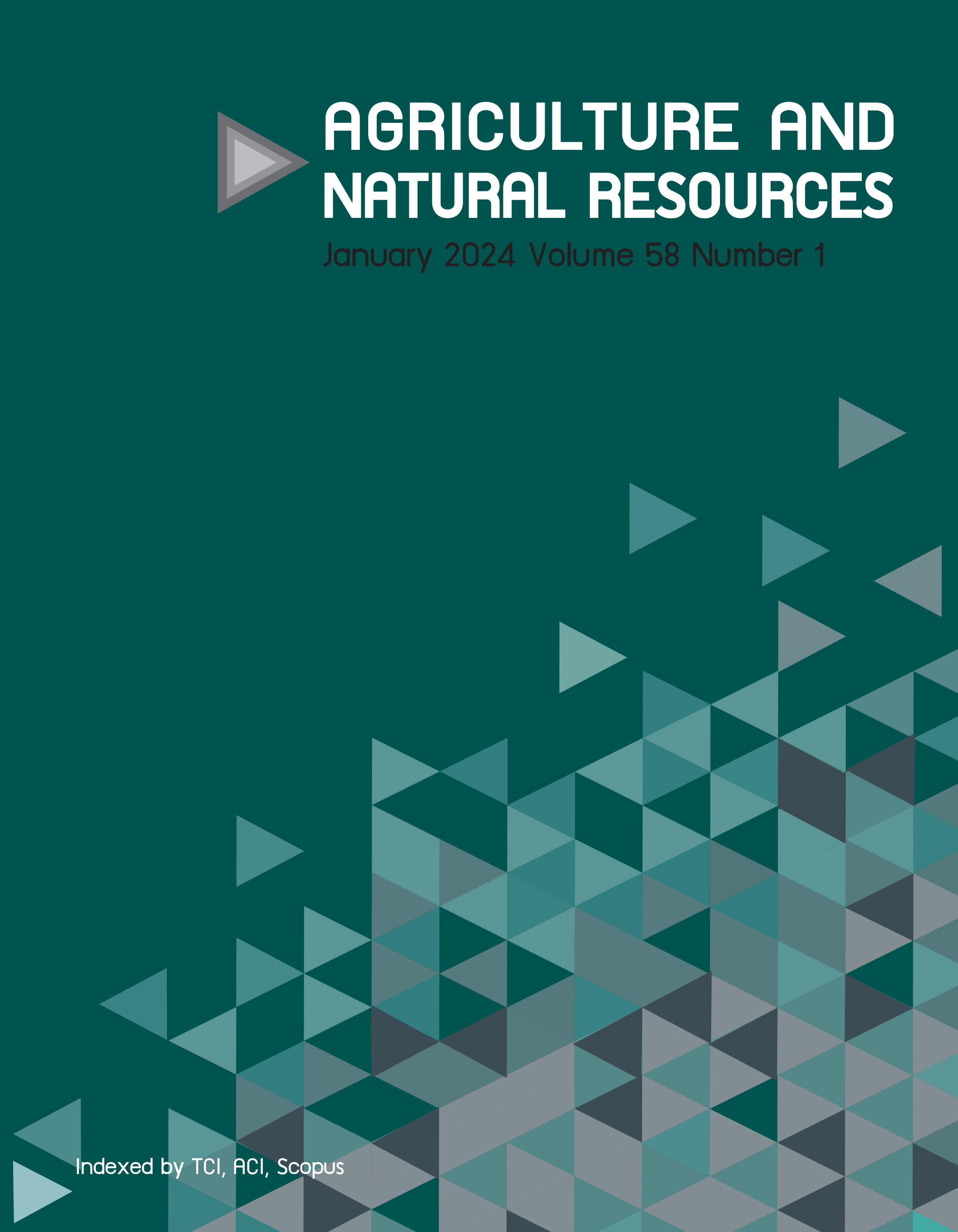Spatial model of forest area utilization in integration of production forest functions, Central Sulawesi, Indonesia
Keywords:
Area utilization, Integration, Model, Production forest, SpatialAbstract
Importance of the work: The determination of the function of limited and permanent production forests has different land- and climate-limiting factors. Therefore, environmental damage is feared when using integrated production forest areas as stipulated in a Government Regulation of the Republic of Indonesia.
Objectives: To identify models applicable to dryland ecosystems for the utilization of forest areas in the spatial integration of producing good functions.
Materials & Methods: A limited production forest study area covering 500.28 ha was investigated using a descriptive method with a spatial data simulation approach utilizing GIS technology.
Results: The spatial models of forest area utilization in the integration of forest functions were: Model 1 (local protected area); Model 2 (utilization of timber forest products in a natural forest with delayed selective logging); Model 3 (utilization of timber forest products in a natural forest with selective logging); Model 4 (reforestation/plantation forest pattern rehabilitation); and Model 5 (rehabilitation of agroforestry patterns), with areas of 374.48 ha, 74.59 ha, 0.35 ha, 50.11 ha, and 0.75 ha, respectively.
Main finding: The delineation of the five spatial models of forest area utilization in the integration of production forest functions needs to be followed up with testing at the site level.
Downloads
Published
How to Cite
Issue
Section
License
Copyright (c) 2024 Kasetsart Universityonline 2452-316X print 2468-1458/Copyright © 2022. This is an open access article under the CC BY-NC-ND license (http://creativecommons.org/licenses/by-nc-nd/4.0/),
production and hosting by Kasetsart University of Research and Development Institute on behalf of Kasetsart University.







